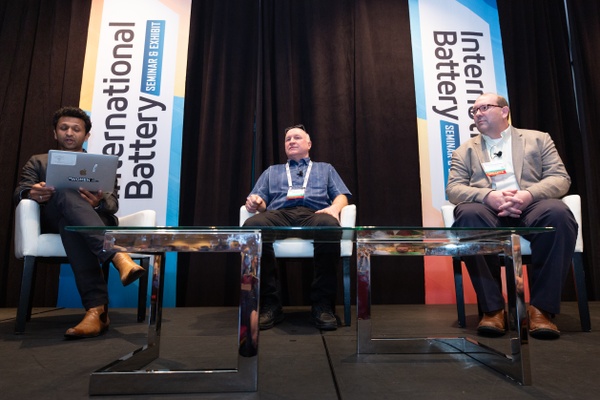Dahn, a world-renowned battery scientist and NSERC/Tesla Canada Chair, presented the exciting news during his keynote presentation (titled: More than a million miles and a century of life) at the international battery seminar (IBS) held 28 -31 March 2022 in Orlando, Florida.
The term “Million Mile” battery first came to life after Dahn’s 2019 open access publication in Journal of The Electrochemical Society (JES) stating “we conclude that cells of this type should be able to power an electric vehicle for over 1.6 million kilometers (1 million miles) and last at least two decades in grid storage”.




